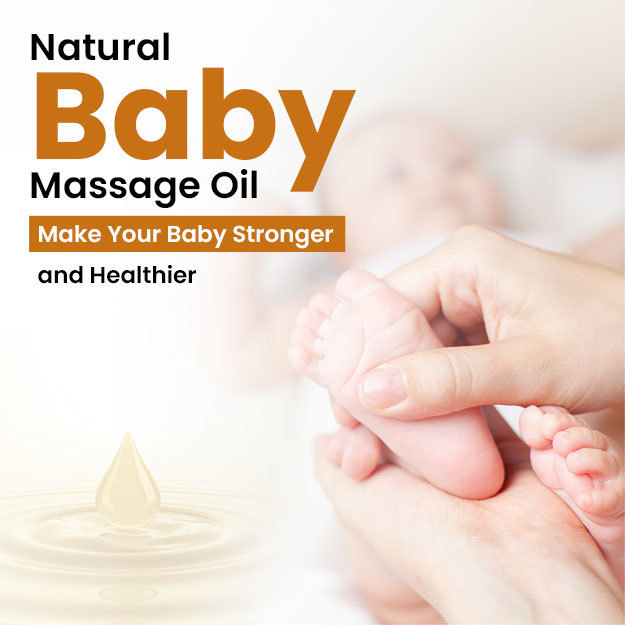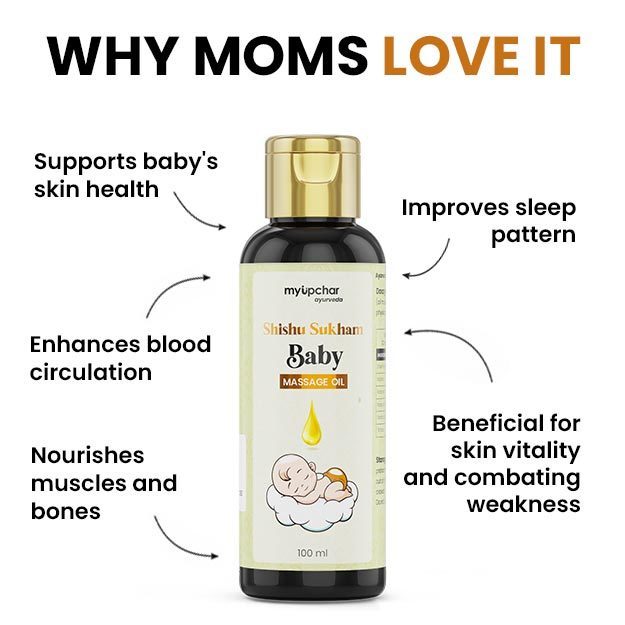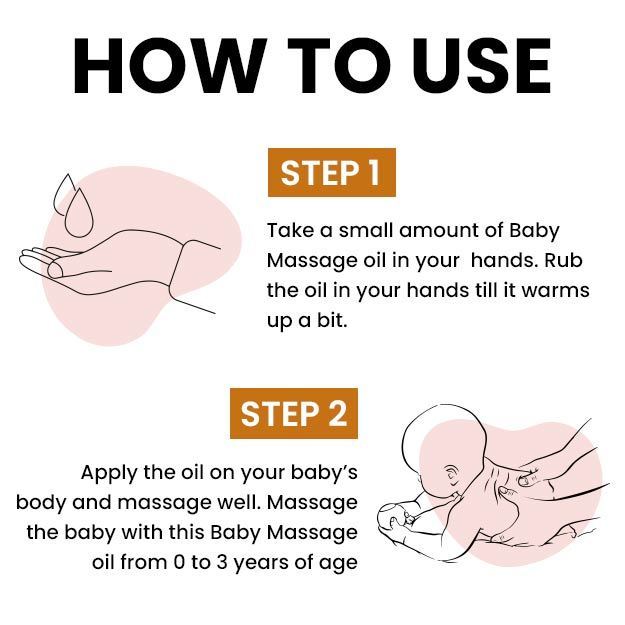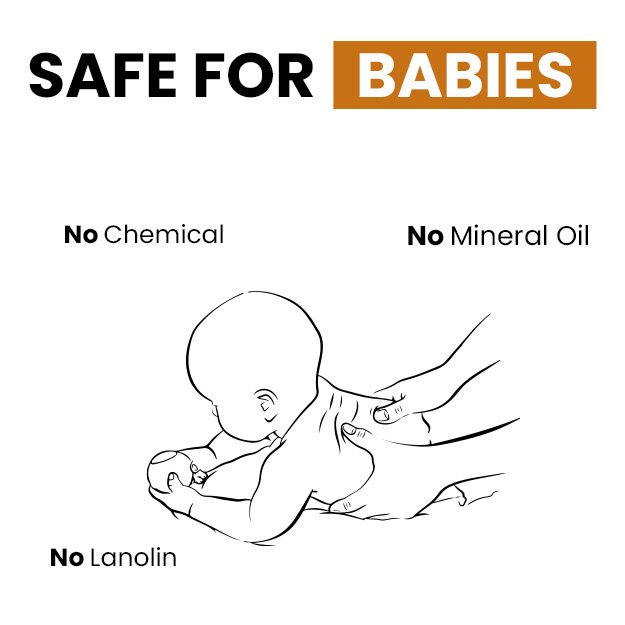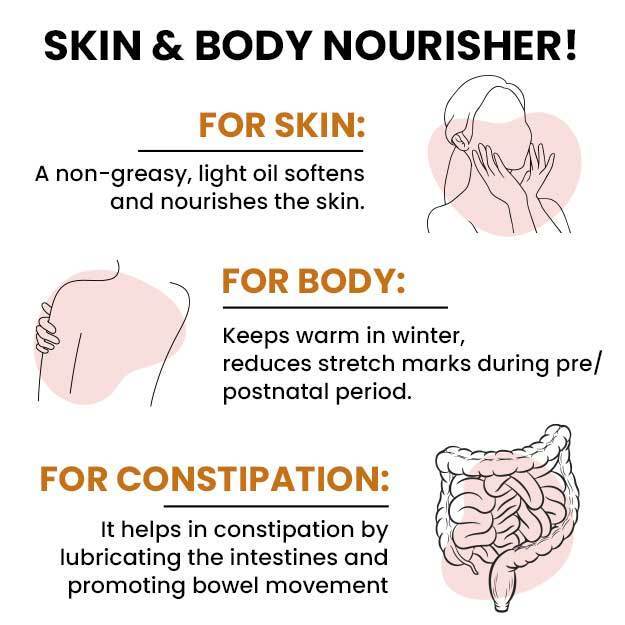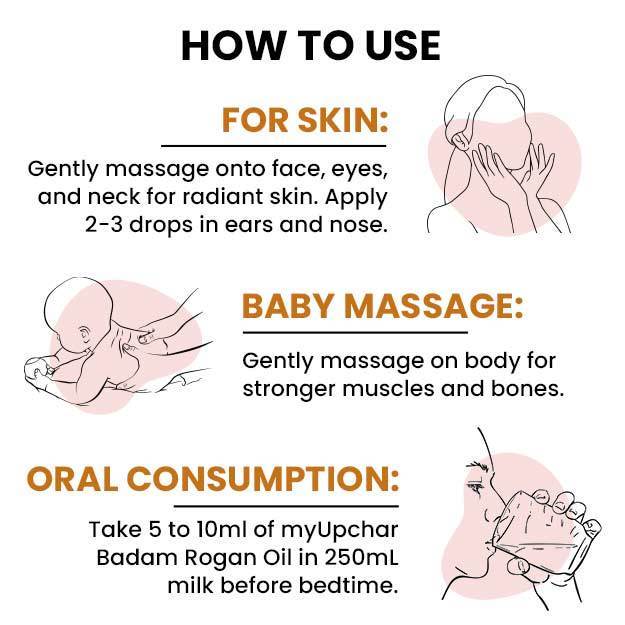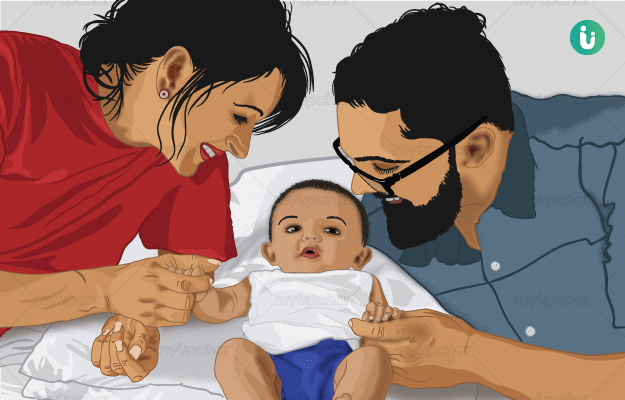While most major transitions in a newborn are noted during the fourth and sixth months, the baby is still undergoing major changes both physically as well as cognitively in the interim. If the initial months were about getting the grasp of voicing his or her thoughts in an undecipherable manner, moving about to gain your attention and giggling away, the fifth month is all about the baby gaining confidence.
Further vaccinations have to wait until the sixth month, so the fifth is about watching the baby become more aware of their surroundings, begin to recognise things, follow objects and people from one direction to another, repeat their own words, begin to sit up on their own, and, rather touchingly, begin to recognize their own name being called out.
While each baby will have their own pace of growth and conditioning, some of these patterns can be a good indicator for the doting parents. Intelligible markers begin showing up: the baby will begin identifying colours and names, hold onto things with more control and roll over by themself.
Major milestones include the child being able to sit up for longer durations on their own and be able to sleep through the night without the necessity to be fed, much to the joy (and relief) of the parents. Cognitive growth is more visible through the baby’s improved ability to identify routines like playtime and recognise songs that you sing to him or her.
The fifth month, as a result, is a period of discovery, not only for parents but for the baby as well.






